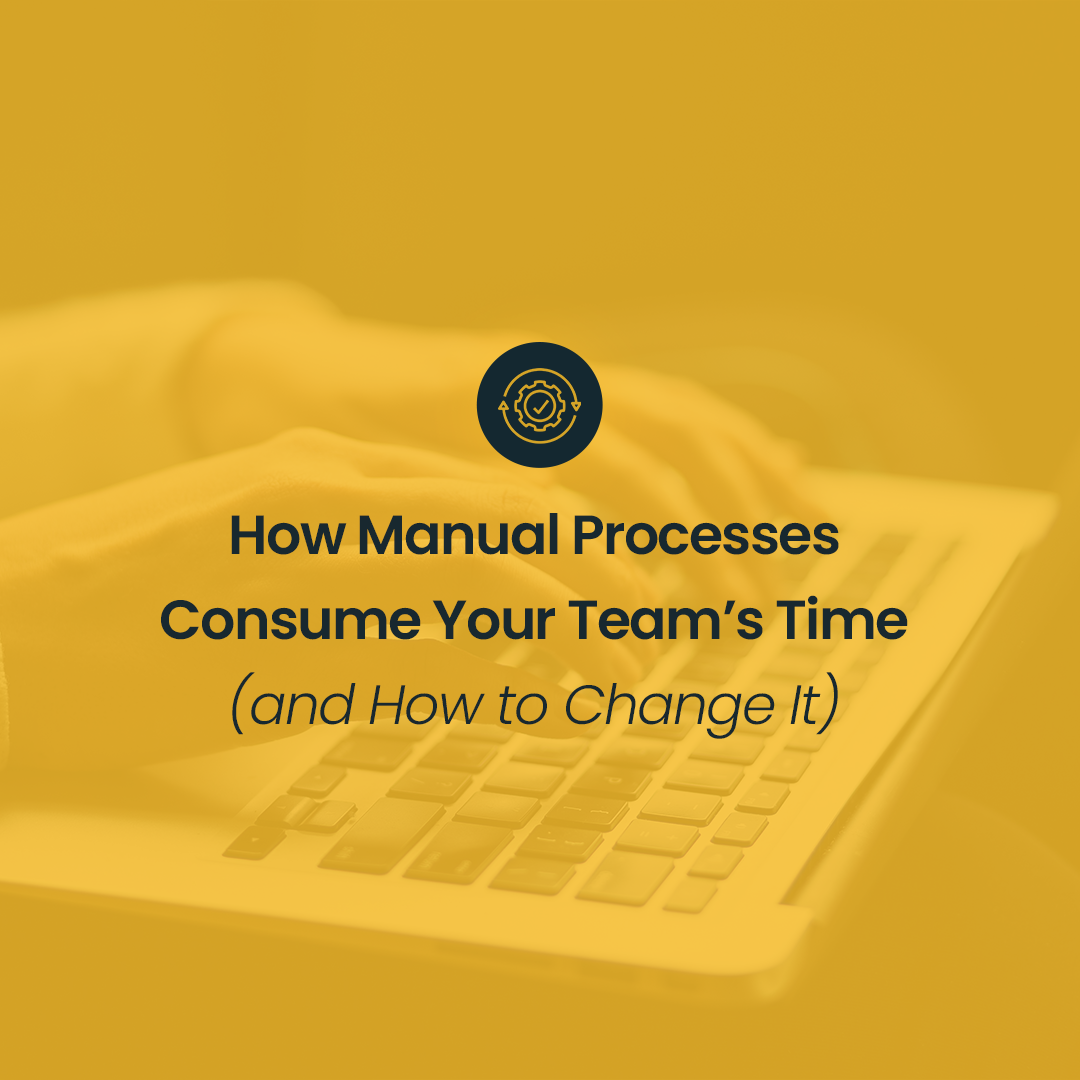Why is Marketing Mix Modeling becoming a must?
Modern marketing requires tools that not only describe the past by summarizing results but also truly support planning for the future. Increasing pressure to optimize budgets, the speed of response, and the need to prove ROI mean that marketers can’t rely on intuition or simplified attribution models. This is where Marketing Mix Modeling (MMM) comes in as a strategic decision-making tool.
Google has supported this direction for years. It started with LightweightMMM, followed by Meridian - a more mature and scalable version of Google’s MMM framework, designed for easier application and deeper analytical insights.
So how does Meridian differ from its predecessor, and what does this mean for marketing leaders?
LightweightMMM and Meridian – from beta to a new standard in MMM solutions
MMM (Marketing Mix Modeling) is a statistical technique that allows you to:
Measure the real impact of each channel on KPIs (sales, leads, revenue)
Calculate ROI in a unified way for both online and offline channels
Identify saturated or underfunded channels
Test “what-if” budget scenarios before spending
Both LightweightMMM and Meridian are based on Bayesian statistics, which allow prior data to be incorporated into the model and continuously update conclusions with new information.
For example, suppose previous tests indicated that TV campaigns typically generated ROI in the range of 0.3–0.6. In that case, the model can assume this value as a baseline and adjust results based on current marketing data.
In contrast to the traditionally used frequentist statistics in MMM, which assume fixed unknown parameters and predict solely from observed data, the Bayesian approach treats parameters as random variables described by probability distributions. This provides a full picture of possible outcomes instead of relying on single-point estimates.
For example, instead of assuming that customer acquisition cost is always €50, the model considers a whole distribution of values, e.g., with an 80% probability falling between €40 and €60.
This is particularly useful in marketing, where data can be incomplete or noisy due to measurement errors.
Here is a simple chart illustrating how the Bayesian approach works:

Prior (blue): your initial belief about a parameter before seeing the data.
Likelihood (green): how likely the observed data are for different parameter values.
Posterior (red): updated belief after combining prior and likelihood.
That’s why Google built both LightweightMMM and Meridian on a Bayesian foundation, leveraging its strengths to support intelligent, data-driven marketing.
However, even though they share the same statistical core, these tools differ in maturity and business usability.
LightweightMMM: good for getting started
LightweightMMM was an important step by Google toward MMM solutions, offering flexibility and transparency. The open-source framework, built in Python, enabled data science teams to build models with their own data, test concepts, and explore the Bayesian approach.
But LightweightMMM has several limitations compared to Meridian:
No built-in calibration using experiments (e.g., geo-tests)
No support for reach and frequency modeling
No native support for GQV (Google Query Volume) as a non-media variable
Manual data scaling is required
Meridian: the next-generation standard
In response to evolving market expectations and the growing complexity of the marketing landscape, Google developed Meridian to be the next-generation framework for marketing mix modeling.
Like LightweightMMM, Meridian is built in Python and grounded in Bayesian principles. However, it introduces a range of technical improvements, making it a tool that is:
Scalable thanks to hierarchical geo-level modeling and large dataset support, with optimized computation using GPUs and TensorFlow Probability.
Easier to automate with ready-to-use notebooks and direct data ingestion from the MMM data platform.
Better at estimating upper-funnel channel impact through the use of Google Query Volume.
More intuitive to calibrate, leveraging prior knowledge from past tests, research, and models with ROI-based priors.
Able to model reach and frequency, enabling better management of video campaign intensity.
Transparent in presenting modeling results, generating reports, and optimal scenario recommendations.
All of this shortens the path from data to decisions.
Key functional differences between Meridian and LightweightMMM, and why they matter
Despite their shared Bayesian foundation, LightweightMMM and Meridian differ significantly in implementation and capabilities.
Meridian clearly outperforms LightweightMMM with easier automation and scalable architecture. This impacts the speed of delivering results and the real-world use of insights in cyclical marketing budget planning.
1. Architecture and flexibility
LightweightMMM is a flexible open-source tool that allows analytical teams to practically explore the Bayesian approach to MMM. Its architecture encourages experimentation but requires manual component definition and adjustment.
Meridian introduces a standardized, modular architecture designed for scalability. Model configuration is automated, ensuring consistency and reducing error risk. This makes Meridian more suitable for organizations looking to implement MMM at scale, without building everything from scratch.
Business value: Meridian’s consistent, modular architecture guarantees repeatable results, reduces dependency on technical resources, shortens time to first insights, and enables efficient MMM deployment across multiple countries, brands, or business units simultaneously.
2. Ease of use and automation
LightweightMMM requires more time-consuming manual model configuration and result analysis, slowing the process and limiting access for marketing teams. Meridian was designed to automate the entire pipeline - from data ingestion, through model training, to report generation.
Business value: Lowering technical barriers allows more teams to regularly use MMM insights, speeding up decision-making and reducing reliance on external analysts.
3. Calibration with experimental data
Meridian allows the inclusion of incremental test and research results in a more intuitive way, using ROI as the metric—making result interpretation easier and models more credible.
LightweightMMM does not natively offer this function. It can be added, but requires custom coding.
Business value: better model fit, easier interpretation of calibration, and stronger business cases for board-level discussions.
4. Performance and scalability
Meridian is optimized for large datasets and complex structures. It supports multiple markets and product lines without loss of performance.
LightweightMMM may not fully meet the needs of large organizations.
Business value: no bottlenecks in global deployments.
5. Reach and frequency modeling
Meridian natively supports reach and frequency modeling, which is critical in video campaigns where overexposure can reduce effectiveness.
LightweightMMM ignores this aspect and assumes linear response regardless of campaign intensity.
Business value: more realistic planning, better control over video campaign frequency.
LightweightMMM vs Meridian: comparison
Feature | LightweightMMM | Meridian |
Bayesian model | Yes – based on NumPyro | Yes – TensorFlow Probability for greater scalability |
Experimental calibration | Possible but requires custom coding | Built-in integration of prior experimental results |
Reach and frequency modeling | Not supported | Native |
Trends and seasonality | Linear + sinusoidal repeating (daily, weekly) | Splines – capture complex temporal patterns |
ROI-based priors | Not built-in | Integrated |
Data scaling | Manual preprocessing required | Automatic input normalization |
From framework to decision-making
Meridian is not just a modeling tool; it is a decision-making engine for organizations that:
Invest across multiple channels
Need to report effectiveness to management
Operate in multiple markets
Want to move from intuition-based to data-driven decisions
Want to see if your organization is ready for MMM?
Schedule a non-binding, free audit.






